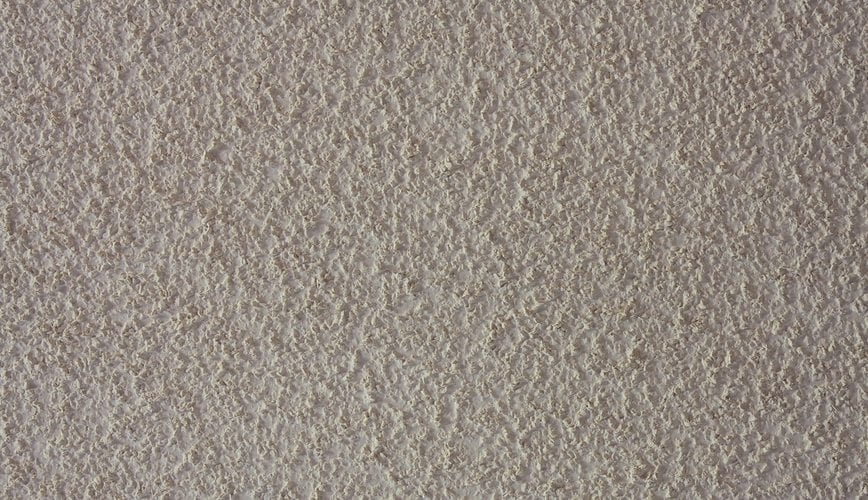
What Should You Do About Popcorn Ceilings When Remodeling An Investment Home?
If you are buying an investment home with popcorn ceilings, consider removing or replacing this textured ceiling treatment. They date a home and are associated with dirt, dust and asbestos. These old spray-on or paint-on ceiling treatments were once very popular in bedrooms and hallways, but they aren’t popular anymore. Sure, they hide imperfections and offer nice acoustical characteristics, but they are not preferred these days. Home buyers equate them to asbestos, dirt and dust, because many contained asbestos and they usually would get painted more often than cleaned!
Before trying to remove this treatment yourself, contact the health department. You should be able to have them test a sample. If it contains asbestos, your best bet is to invest in tongue-and-groove planks to cover the ceilings. If it doesn’t contain asbestos, the hardware store offers a solution to soften the textured ceiling treatment. Sometimes, people find that there is gorgeous plaster in great shape beneath these roll on popcorn ceilings!
Don’t pass on an investment property just because of popcorn ceiling, but remember when you’re flipping the house that many other people will do just that!
Are You Looking for a Hard Money Loan to Flip a House?
Paces Funding is a Hard Money lender offering hard money loans to purchase and renovate non-owner occupied residential and commercial properties throughout the Atlanta, Nashville, Florida, North and South Carolina metropolitan areas.
Call us at 404-814-1644 or contact us online to find out whether you might qualify for this type of funding. In the meantime, check to ensure that you meet our loan criteria. Our loan amounts can be up to 65 percent of the after-repaired value of the collateral—and if you use the loan for renovation or construction, the loan amount can be based on the collateral’s improved value.














